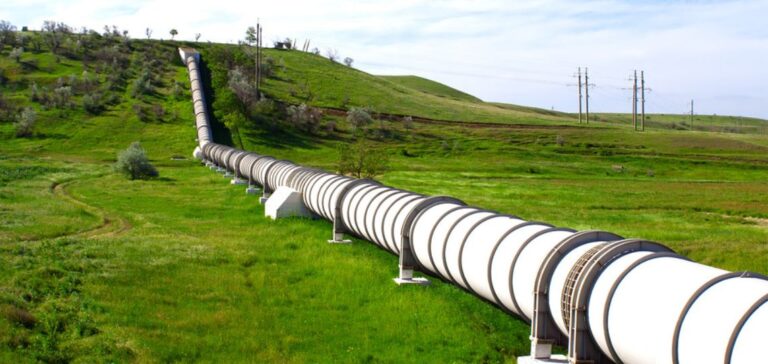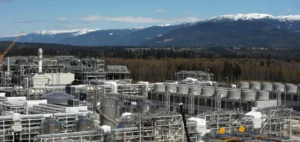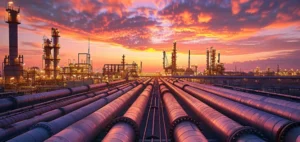The US gas industry is gearing up for a significant transformation with two major projects underway in the Haynesville Basin.
Momentum Midstream and Williams are developing the New Generation Gas Gathering (NG3) and Louisiana Energy Gateway pipelines respectively, both aiming for commissioning by the end of 2025.
These infrastructures are designed to meet the anticipated increase in demand for liquefied natural gas, due in particular to the expansion of the Plaquemines and Golden Pass terminals on the Gulf Coast.
The NG3 pipeline, with a capacity of 1.7 billion cubic feet per day, will enable Chesapeake Energy, the project’s main customer, to transport its production to the Gillis hub.
This pipeline offers invaluable operational flexibility for moving gas volumes according to market dynamics.
Initially scheduled for 2024, the project was delayed by a legal dispute with Energy Transfer, which was resolved last June.
Extensions and New Developments in the LEAP System
At the same time, DT Midstream continues to expand its LEAP system, increasing transport capacity from the Haynesville basin to Gillis.
After commissioning phase 3 of the expansion in June, adding 200 million cubic feet per day, the company is considering a potential fourth phase, with additional capacity of 200 to 400 million cubic feet per day.
This expansion is part of a strategy aimed at anticipating the surge in demand for LNG on the Gulf coast, expected by 2025.
The LEAP system, already a key infrastructure for the transport of natural gas, could reach a total capacity of 4 billion cubic feet per day if market conditions warrant.
DT Midstream’s commitment to these developments is aimed at consolidating its market position and providing solutions tailored to producers’ gas transportation needs.
Regulatory Challenges and Adaptation Strategies
Gas infrastructure development in the Haynesville Basin, however, faces regulatory challenges.
Williams, which is currently building the Louisiana Energy Gateway pipeline, is facing opposition from Energy Transfer, which is contesting the status of the line, arguing that it should be subject to approval by the Federal Energy Regulatory Commission (FERC).
This dispute could have an impact on commissioning times, although Williams remains confident of a favorable outcome.
Energy Transfer, for its part, is exploring opportunities to expand its Gulf Run pipeline, which connects the Carthage Hub to the Perryville markets, to strengthen access to gas in southern Louisiana.
This is part of a wider strategy to maximize the exploitation of the region’s abundant gas reserves, while ensuring the safety and reliability of the transportation infrastructure.
These projects illustrate the current dynamics of the US gas sector, where key players are seeking to anticipate market developments and secure their position in the face of growing demand for robust, flexible energy solutions.





















